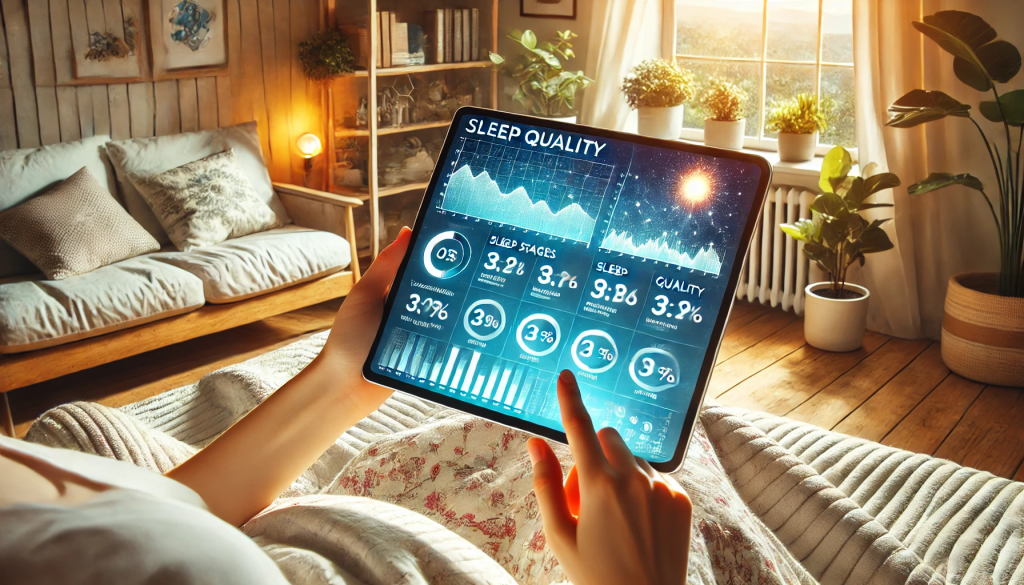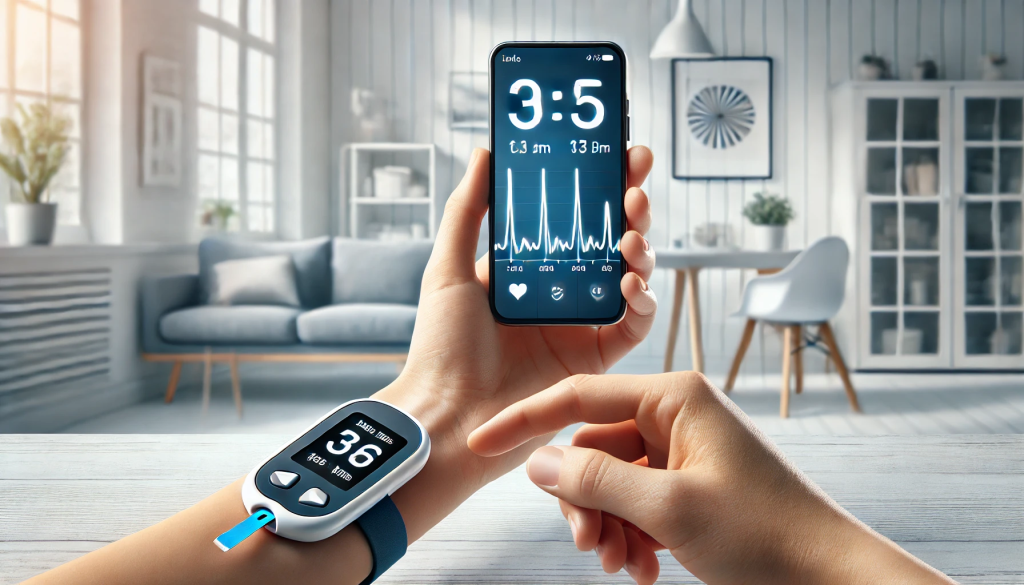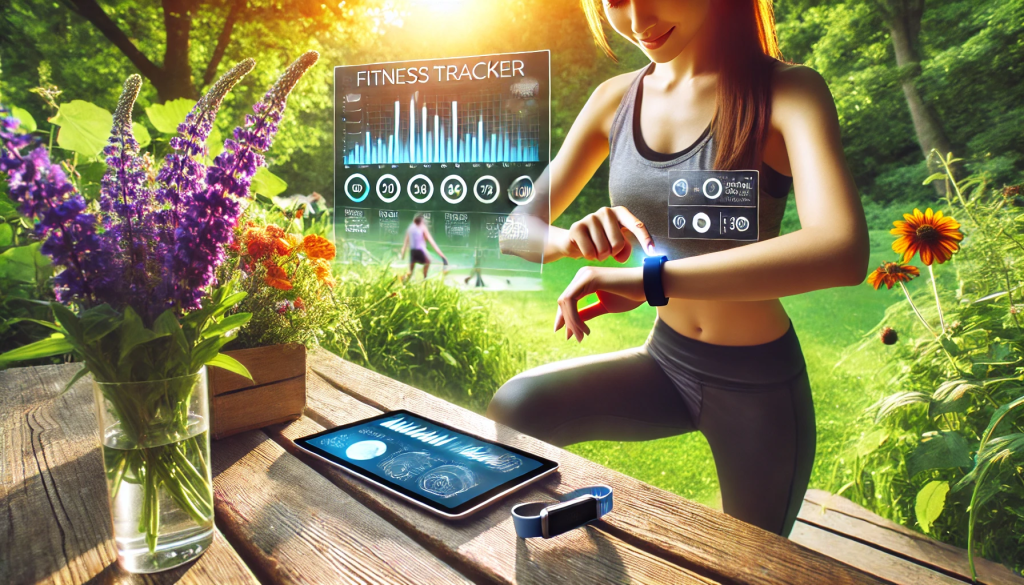Modern medical devices are changing the game, making health monitoring simpler, more accessible, and highly efficient. Wearable gadgets have evolved from being tech novelties to indispensable tools that can not only track health status but also prevent the development of serious diseases. In this article, we’ll explore how wearable devices are revolutionizing healthcare, why they are crucial, and which technologies are leading the market.
What Are Wearable Health Gadgets?
Wearable medical devices are compact, user-friendly devices designed to be worn on the body. They collect health data, transmit it to smartphones or medical platforms, and provide actionable insights. These devices can measure blood oxygen levels, heart rate, stress levels, and even sleep quality.
How Do Wearable Devices Work?
- Sensors and Detectors: Devices are equipped with sensitive sensors that capture physiological parameters such as heart rate or blood glucose levels.
- Data Analysis: Advanced algorithms process the collected data, providing precise metrics and trends.
- Feedback and Alerts: Users receive notifications, recommendations, or warnings, enabling timely responses to health changes.
Why Are Wearable Gadgets Gaining Popularity?

Every year, wearable device technologies improve, and their accessibility increases. Here are the key reasons for their growing popularity:
1. Simplicity and Convenience
Wearable gadgets seamlessly integrate into daily life. They are compact, lightweight, and require no special skills to operate.
2. Early Disease Detection
These devices help identify alarming changes in the body at the earliest stages, preventing the progression of severe illnesses.
3. Personalized Medicine
Data collected by gadgets enables the development of tailored treatment and prevention plans for each individual.
4. Support for Healthcare Professionals
Doctors can monitor patients’ health remotely, speeding up diagnosis and enhancing the quality of care.
Top 5 Most Popular Wearable Health Devices
1. Smartwatches
Smartwatches are leaders among wearable devices. They come equipped with features to monitor heart rate, blood oxygen levels, sleep quality, and even perform ECG scans.
- Examples: Apple Watch, Samsung Galaxy Watch, Fitbit.
- Advantages: Continuous monitoring, activity reminders, and compatibility with medical apps.
2. Fitness Trackers
Fitness bands track steps, heart rate, stress levels, and even calorie consumption.
- Examples: Xiaomi Mi Band, Garmin, Amazfit.
- Key Features: Ideal for both beginners and professional athletes.
3. Blood Glucose Monitors
Non-invasive glucose monitors like FreeStyle Libre allow users to measure blood sugar levels without finger pricks.
- Target Audience: People with diabetes or those at risk.
- Advantages: Continuous monitoring and alerts for sugar spikes.
4. Smart Rings
These rings monitor heart rate, sleep quality, and activity levels. They are virtually unnoticeable, making them a great choice for minimalists.
- Example: Oura Ring.
5. Sleep Trackers
Special headbands and sleep trackers analyze sleep depth, movements during sleep, and even detect sleep apnea.
- Examples: Dreem, Withings Sleep Analyzer.
- Main Goal: Improving sleep quality and identifying hidden issues.
Benefits of Wearable Health Devices
1. Early Disease Detection
Wearable gadgets can capture even the smallest deviations from the norm, allowing treatment to begin before symptoms appear.
2. Promoting Healthy Habits
These devices encourage users to move more, sleep better, and eat healthier by providing real-time feedback on their health status.
3. Data Transparency
Users gain access to detailed information about their health, enabling a better understanding of their bodies.
4. Saving Time and Money
Devices reduce the number of doctor visits by enabling remote health monitoring.
How to Choose the Right Device?
The choice of a wearable device depends on your goals and needs. Here are a few questions to guide your decision:
- What features are important to you?
For example, if you want to monitor blood sugar, choose devices designed for diabetics. - What’s your lifestyle?
Active individuals may prefer smartwatches or fitness trackers. - What’s your budget?
The market offers both affordable models and premium devices with advanced features. - Is it compatible with other devices?
Ensure your chosen gadget syncs with your smartphone or other medical platforms.
Top Wearable Devices and Their Manufacturers

1. Smartwatches
- Apple Watch Series 9
- Features: ECG, blood oxygen monitoring, heart rate tracking, sleep analysis.
- Manufacturer: Apple
- Samsung Galaxy Watch6
- Features: Advanced sleep coaching, blood pressure monitoring, body composition analysis.
- Manufacturer: Samsung
- Fitbit Sense 2
- Features: Stress management, skin temperature monitoring, heart rate tracking.
- Manufacturer: Fitbit
2. Fitness Trackers
- Xiaomi Mi Smart Band 8
- Features: Steps, calories, sleep monitoring, heart rate.
- Manufacturer: Xiaomi
- Garmin Vivosmart 5
- Features: Pulse Ox, hydration tracking, fitness age estimation.
- Manufacturer: Garmin
- Amazfit Band 7
- Features: Stress monitoring, blood oxygen tracking, 24/7 heart rate.
- Manufacturer: Amazfit
3. Blood Glucose Monitors
- FreeStyle Libre 3
- Features: Continuous glucose monitoring, app integration.
- Manufacturer: Abbott
- Dexcom G7
- Features: Real-time glucose data, alerts for high/low glucose levels.
- Manufacturer: Dexcom
4. Smart Rings
- Oura Ring Gen 3
- Features: Sleep tracking, heart rate variability, readiness score.
- Manufacturer: Oura
- Motiv Ring
- Features: 24/7 activity tracking, sleep monitoring.
- Manufacturer: Motiv
5. Sleep Trackers
- Withings Sleep Analyzer
- Features: Sleep apnea detection, heart rate tracking, sleep stages.
- Manufacturer: Withings
- Dreem 2 Headband
- Features: Sleep tracking, audio feedback, detailed sleep metrics.
- Manufacturer: Dreem
The Value of Wearables: Numbers Tell the Story
- 38% of hospitalizations related to chronic diseases could be avoided with wearables monitoring health parameters like blood pressure and glucose.
- 64% of users report better sleep quality after using wearable sleep trackers.
- Companies report a 29% increase in workplace productivity among employees using health wearables for stress management.
By combining innovative technologies with actionable insights, wearable devices are setting a new standard for personalized healthcare and prevention.
Expanded Statistics on Wearable Health Devices
The market for wearable health devices has seen exponential growth over the past decade. Below is a detailed look at the impact and trends shaping this industry:
| Statistic | Value | Source |
|---|---|---|
| Global wearable device market size (2023) | $61.3 billion | Grand View Research |
| Projected market size by 2030 | $196.5 billion | Allied Market Research |
| Annual growth rate (CAGR) | 14.9% (2023–2030) | Fortune Business Insights |
| Percentage of adults using wearables | 30% globally | Pew Research Center |
| Usage in fitness tracking | 64% of wearable users prioritize fitness tracking | Statista |
| Healthcare professionals using wearables | 46% globally for remote patient monitoring | Deloitte Insights |
| Reduction in hospital readmissions with wearables | 38% decrease with remote monitoring tools | Journal of Medical Internet Research |
| Top health parameters monitored | Heart rate (84%), steps (72%), sleep (65%), stress (55%) | Consumer Technology Association (CTA) |
The Future of Wearable Medical Devices
Wearable gadget technologies are advancing rapidly, opening new horizons for healthcare.
1. Artificial Intelligence (AI)
AI enables the analysis of vast data sets, providing more accurate predictions and recommendations.
2. Biometric Sensors
Future devices will measure even more parameters, such as hormone levels and genetic markers.
3. Mental Health Monitoring
Emerging technologies are beginning to include features for tracking stress levels, mood, and even preventing depression.
Conclusion: A Revolution at Your Fingertips
Wearable medical devices are not just gadgets—they’re a healthcare revolution. They help people stay healthy, improve quality of life, and prevent serious diseases. Thanks to these technologies, medicine is becoming more accessible and personalized.
Now is the perfect time to start using wearable devices for health monitoring. They empower us to take control of our bodies and make strides toward a long and healthy life.
















